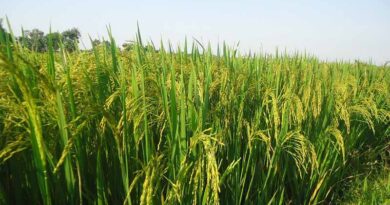Early Spring Barley drilling in England
29 November 2021, England: In some areas of England, thoughts might be turning to early spring barley drilling. Historically in the East of England drilling in December was fairly common on light soils, and many people still go early. This year we received our first phone call in November asking for advice on drilling spring barley.
Spring barley has no vernalisation requirement and is commonly drilled any time between December and mid-April. Seedbed and weather conditions at drilling will have the biggest impact on spring barley establishment and tiller survival can be equally affected by winter frosts and spring droughts, so drilling date itself may not play such a huge part in establishment. However, early and late drilled spring barley crops have other associated benefits and risks:

Early drilled crops will be exposed to higher levels of early season disease such as Net blotch and Rhynchosporium, therefore more frequent monitoring for disease is advisable. Traditionally T2 is the area of greater focus for spring barley, however early drilled crops may need just as much attention at the T1 timing.
Net blotch in Spring Barley
As early drilled spring barley has a longer growing window, it has far longer to tiller over winter and therefore yield could potentially be increased. For a malting barley crop it is worth remembering that high yield can dilute grain nitrogen, so nitrogen should be tailored to take into account higher yield potential in order to make sure malting specifications are met.
Spring malting barley can be used for both brewing and malt distilling, but these require different % grain nitrogen.
- Brewing = 1.6-1.75%
- Malt distilling = below 1.65%
By growing a variety that can be used for both brewing and malt distilling such as LAUREATE, the grain can be suitable for both markets ensuring that both high and low nitrogen grain can gain a malting premium and not end up as feed.















